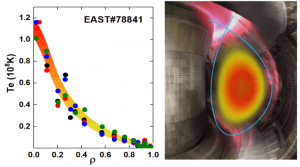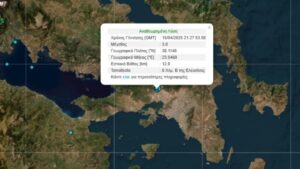The day of clean, limitless energy from nuclear fusion has taken another step closer thanks to China’s Experimental Advanced Superconducting Tokamak (EAST). During a four-month experiment, the “Chinese artificial sun” reached a core plasma temperature of over 100 million degrees Celsius – that’s more than six times hotter than the interior of the Sun – and a heating power of 10 MW, enabling the study of various aspects of practical nuclear fusion in the process.

Beginning operations in 2006, the Chinese designed and developed EAST is located at the Hefei Institutes of Physical Science of the Chinese Academy of Sciences (CASHIPS) and is billed as an open test facility for conducting steady-state operations and ITER-related physics research by both Chinese and international scientists. And, like many other fusion experiments, the ultimate goal is to produce a practical nuclear fusion power reactor.

EAST is a tokamak reactor, which consists of a metal torus or doughnut that is exhausted to a hard vacuum and then injected with hydrogen atoms. These atoms are then heated by a number of different methods to create a plasma that is then compressed using a series of powerful superconducting magnets.
Read more HERE
Ask me anything
Explore related questions





